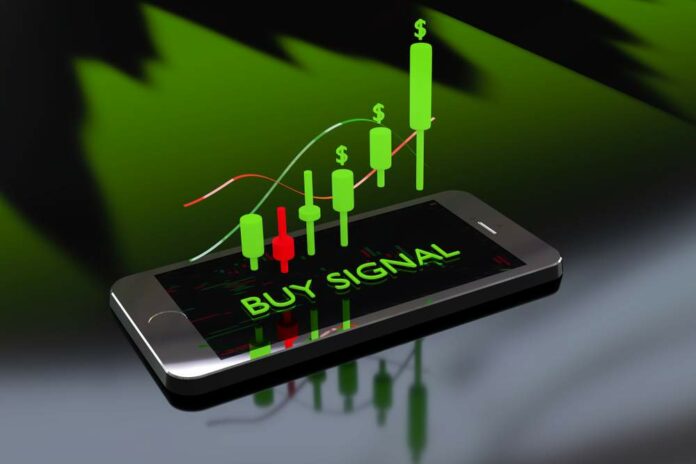Investors are in a dour mood. According to the American Association of Individual Investors sentiment survey, barely more than a quarter (27.8%) of investors surveyed say they are optimistic about the next six months.
The reason for pessimism is obvious. Stocks are in a pullback. We’re close to a correction. And that milestone triggers when the S&P 500 Index falls more than 10% from its high.
However, history says that investors should be preparing to buy. That’s because we’re on the cusp of the best six months in the stock market — with the next bullish buy signal just around the corner.
The best six months start on November 1. This is half of the famous “sell in May and go away” strategy, and it’s a story that takes us back about 150 years…
Origins of “Sell in May”
Traders have long believed that summer and fall were the riskiest part of the year. This dates back to the 1800s when the London Stock Exchange was among the world’s most important market. The growing city of London, however, had some problems. It was crowded and its defining geographic feature, the Thames River, was the source of a foul odor in the summer months.
For centuries, the Thames was used as a dump. Wastes of all kinds found their way to the river. As the population grew so did the amount of waste.
The Industrial Revolution brought more jobs, more wealth … and more waste. In 1858 came the hottest summer on record up to that time. London was almost completely shut down, and the period became known as “The Great Stink”.
This background at least partly explains why London’s traders and stockbrokers would leave the city in May and stay away until September. The popular saying in London was “sell in May and go away, do not return until St. Leger’s Day.”
St. Leger’s Day is an annual horse race held in England. Army officer Anthony St. Leger organized the first race in September 1776. Soon, the race marked the unofficial end of summer. It’s also when stockbrokers make their way back to the city.
That’s the origins of “sell in May.” It makes sense. No one wants to spend summers in an uncomfortable and smelly city if there’s a choice. Stockbrokers had enough wealth to enjoy summers in the English countryside. This led to slow trading in the summer months.
Some realized they could do just as well trading just from November to April as they could in the full year.
This story started in England about 150 years ago, but has spread around the world. In fact, the “sell in May” seasonal pattern is reflected in the U.S. stock market today.
Get Ready for the Next Buy Signal
In the U.S., the Dow Jones Industrial Average has delivered an average gain of 7.3% in the best six months (November to April). The average gain in the other months of the year (May to October) is just 0.8%.
What’s more, the win rate for the best six months is 78%. For the other six months, the win rate is 67%.
The Dow is once again little changed in this year’s worst six months. Years with small changes are generally followed by large gains.
Of course, the start of the best six months is still a few weeks away. But the seasonal pattern turns bullish next week.
Now is the time to prepare for that buying opportunity, and that’s what I’ll be tracking and sharing with you here in the Banyan Edge when it arrives.
Regards,
Michael Carr
Editor, Precision Profits




